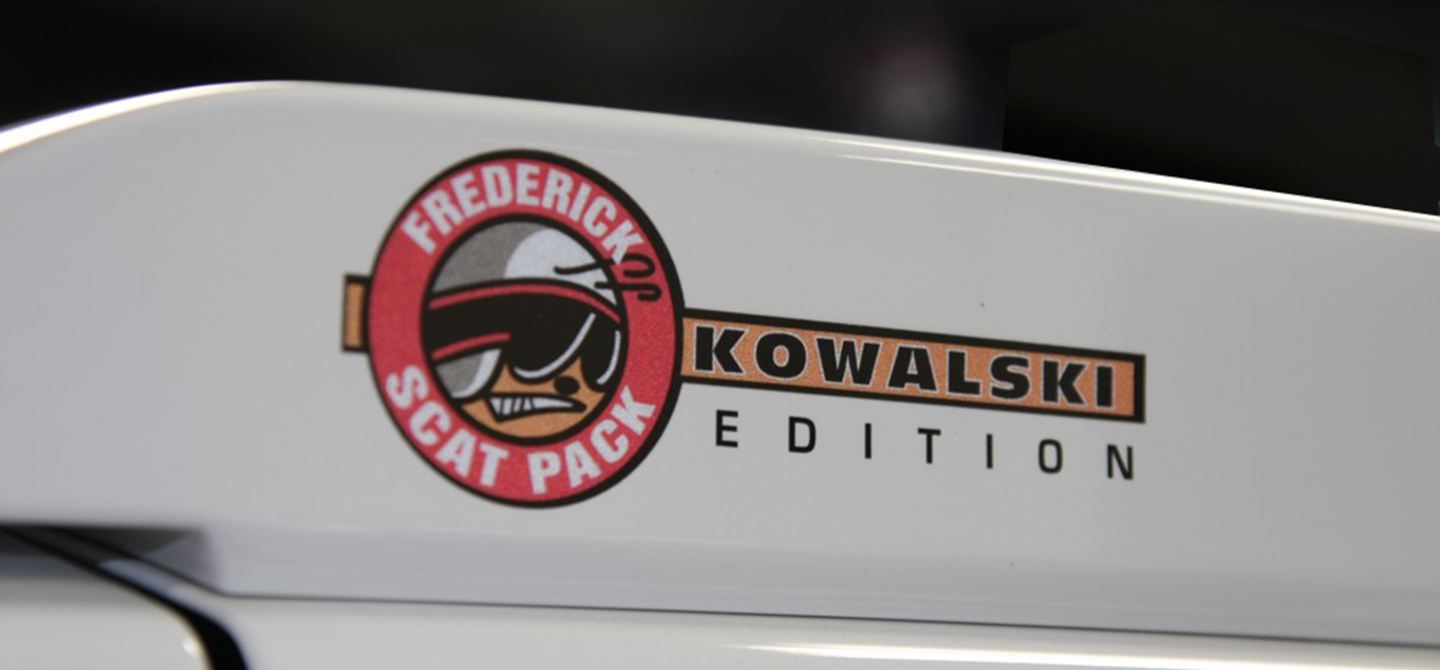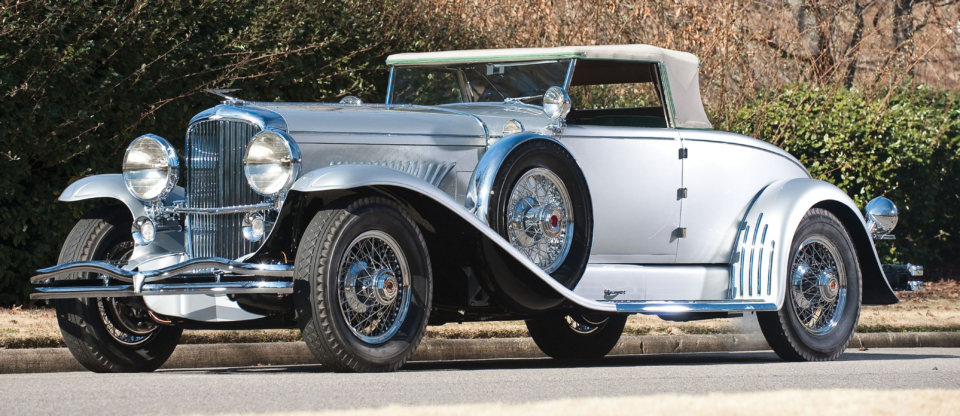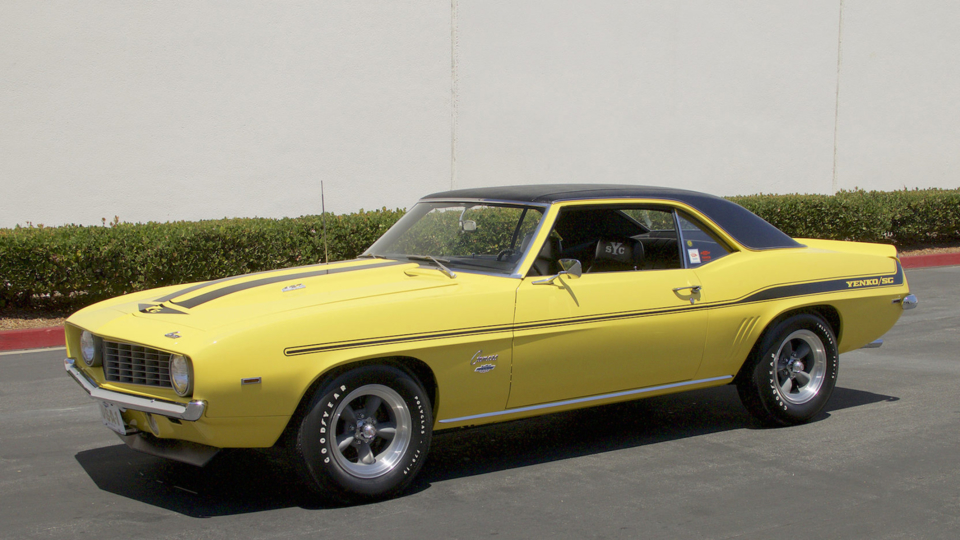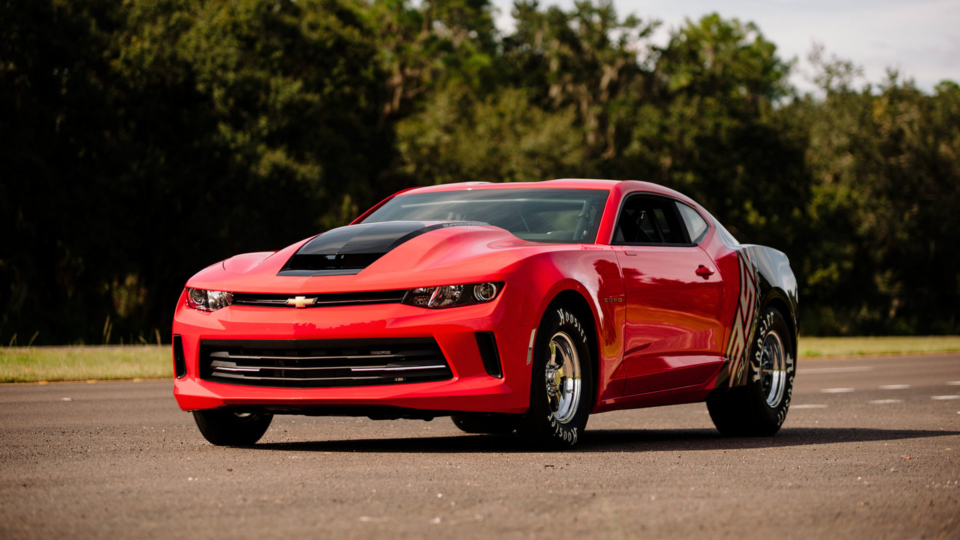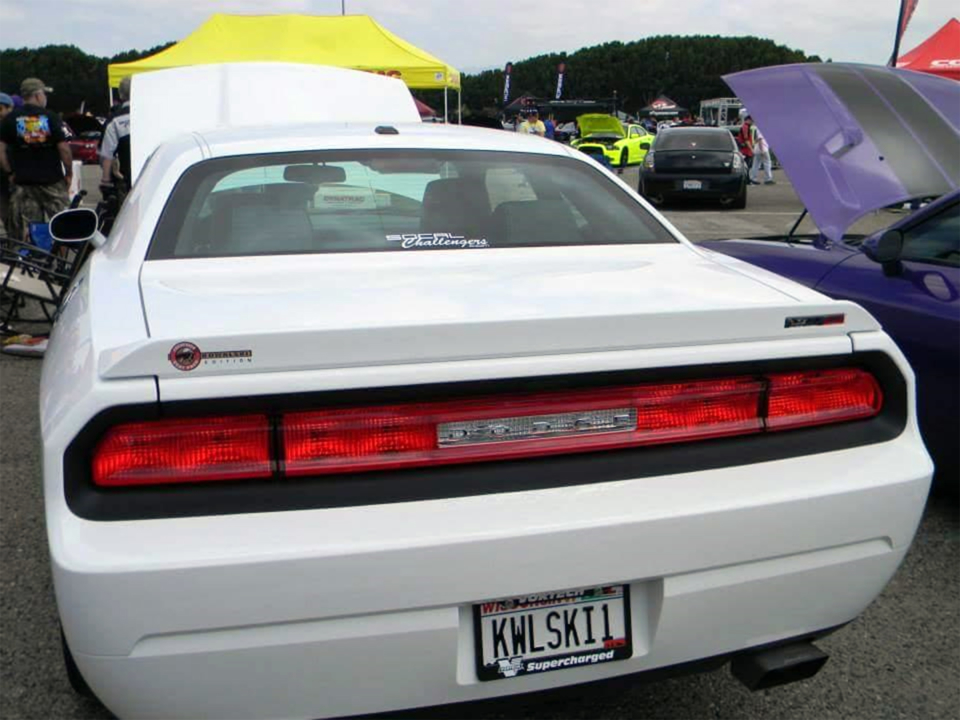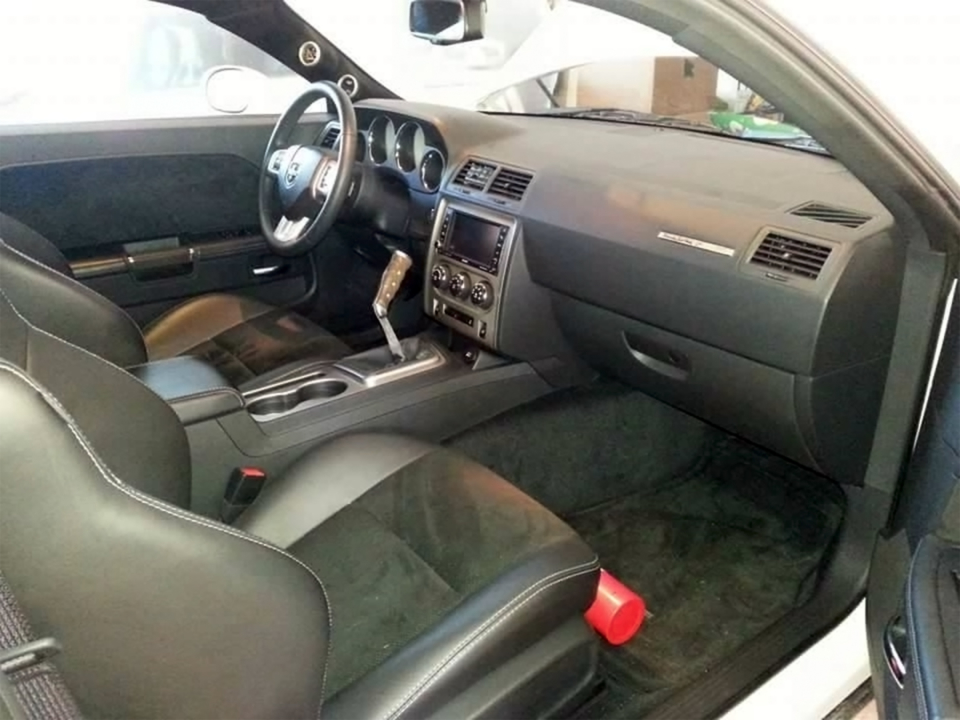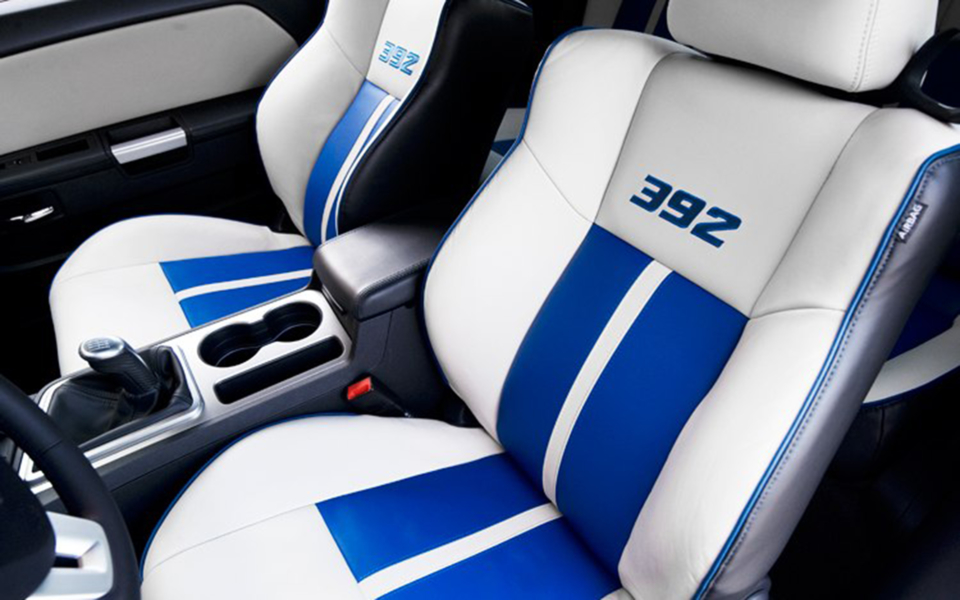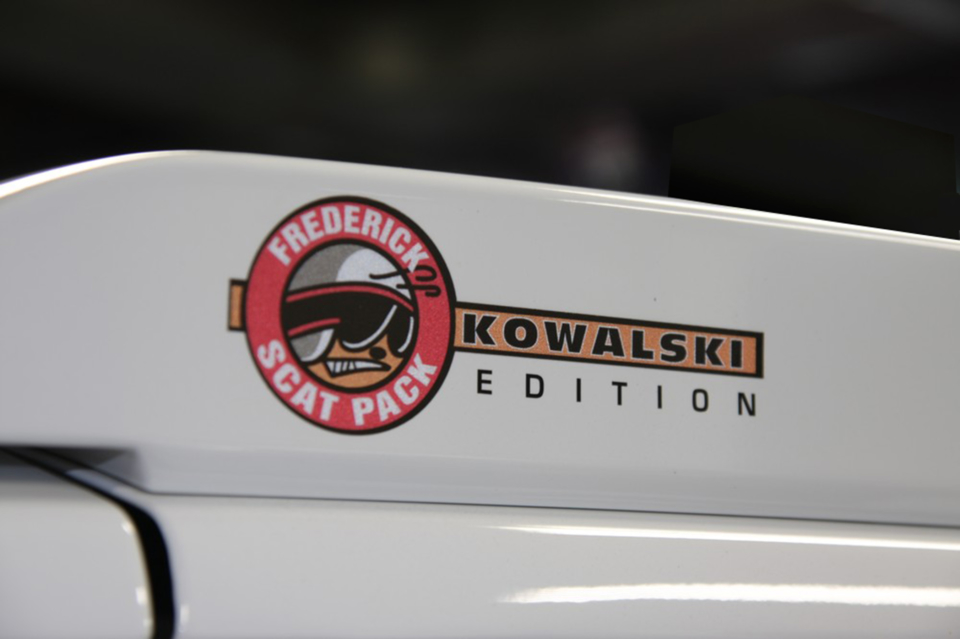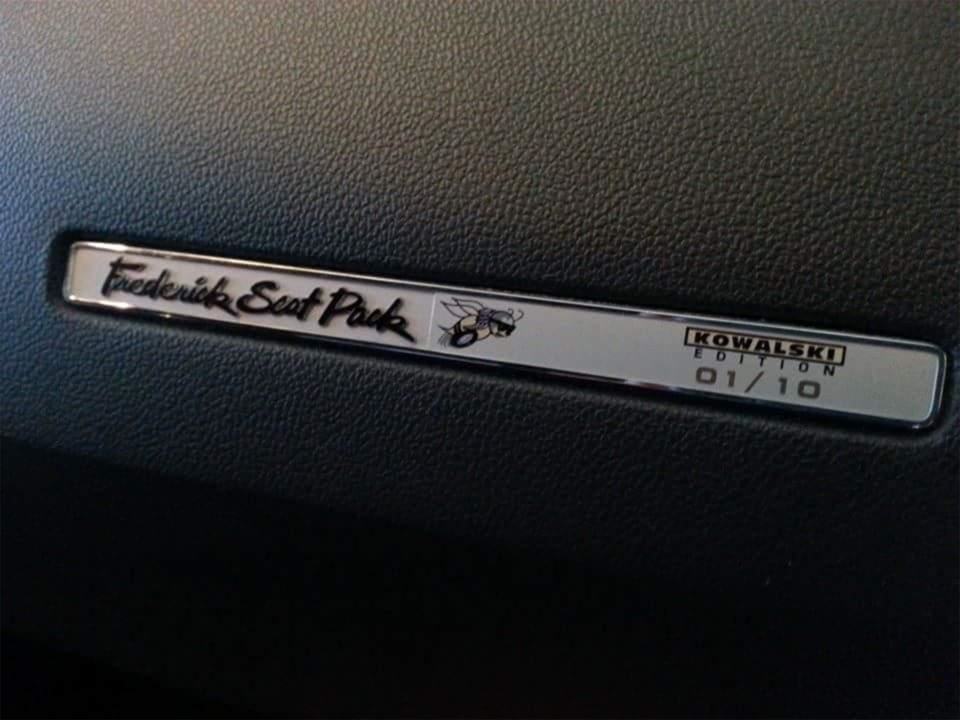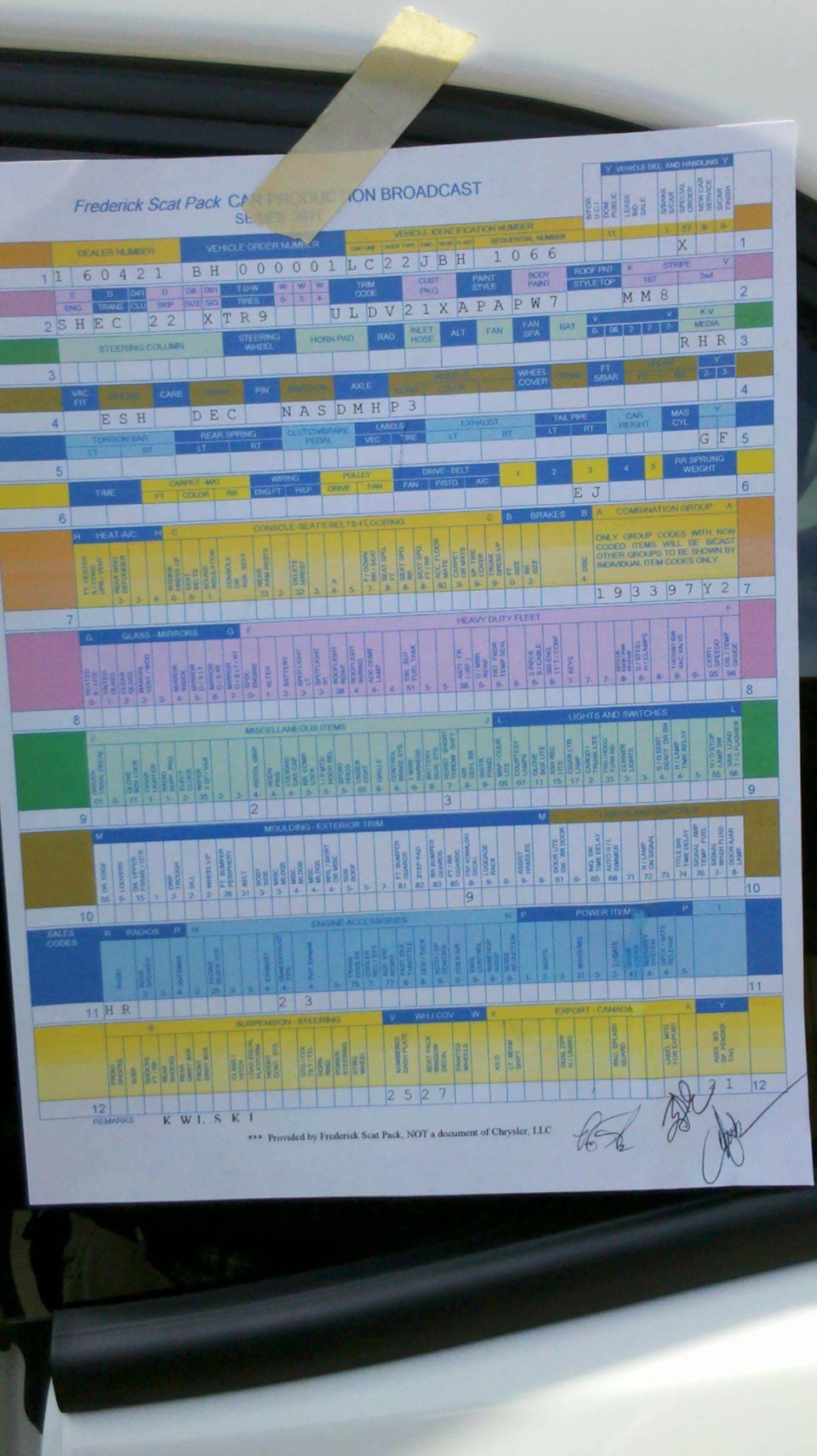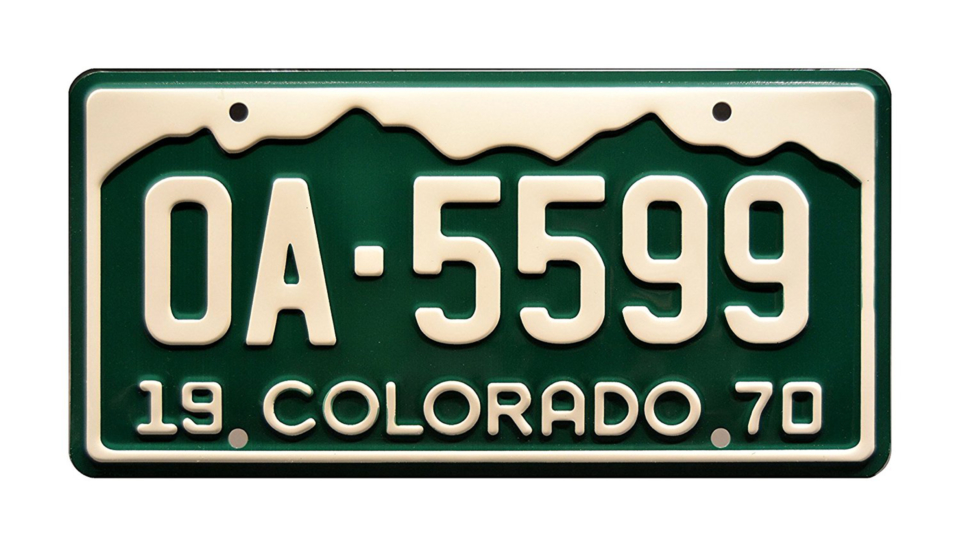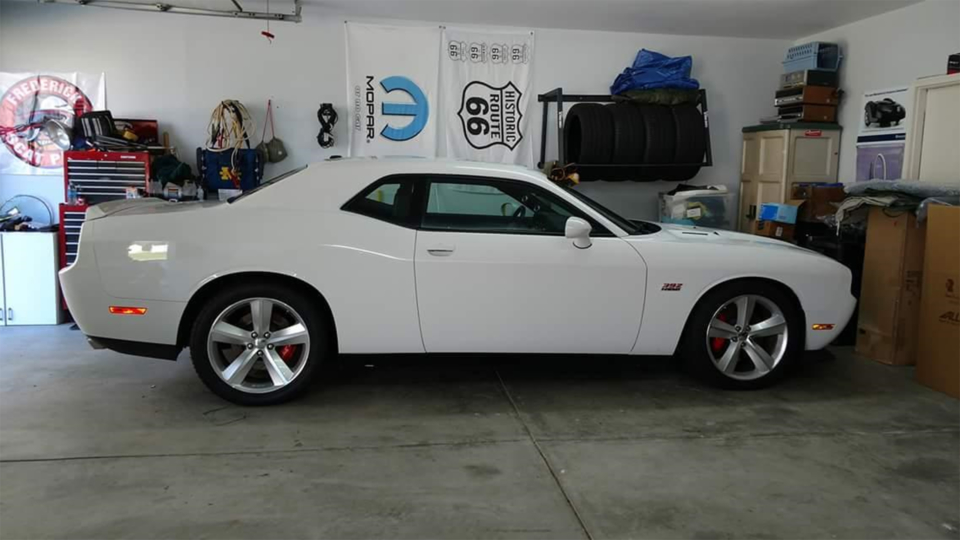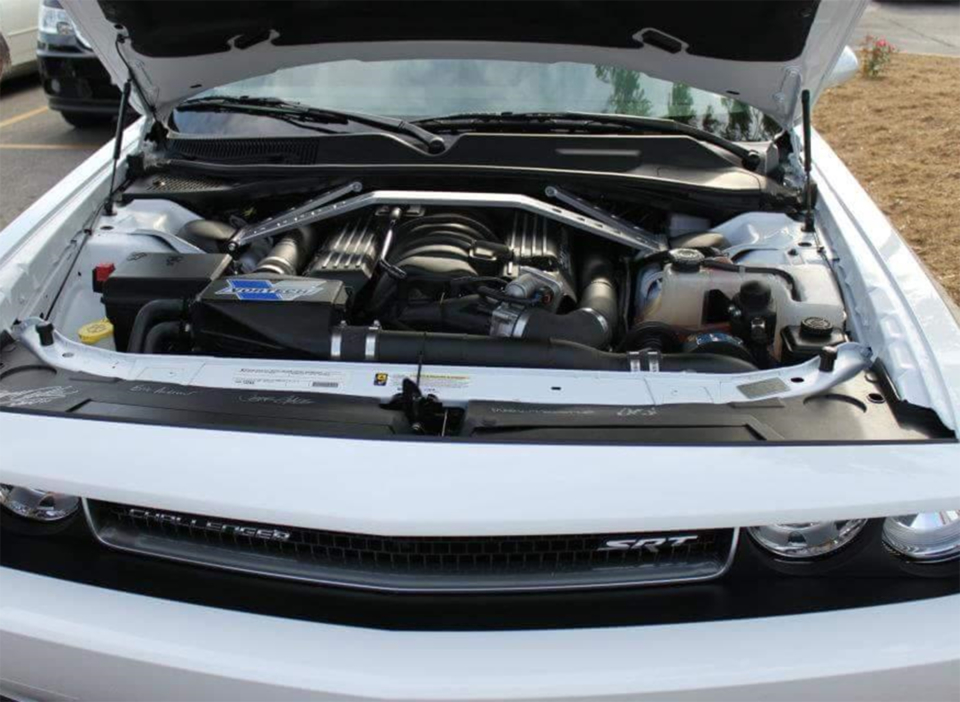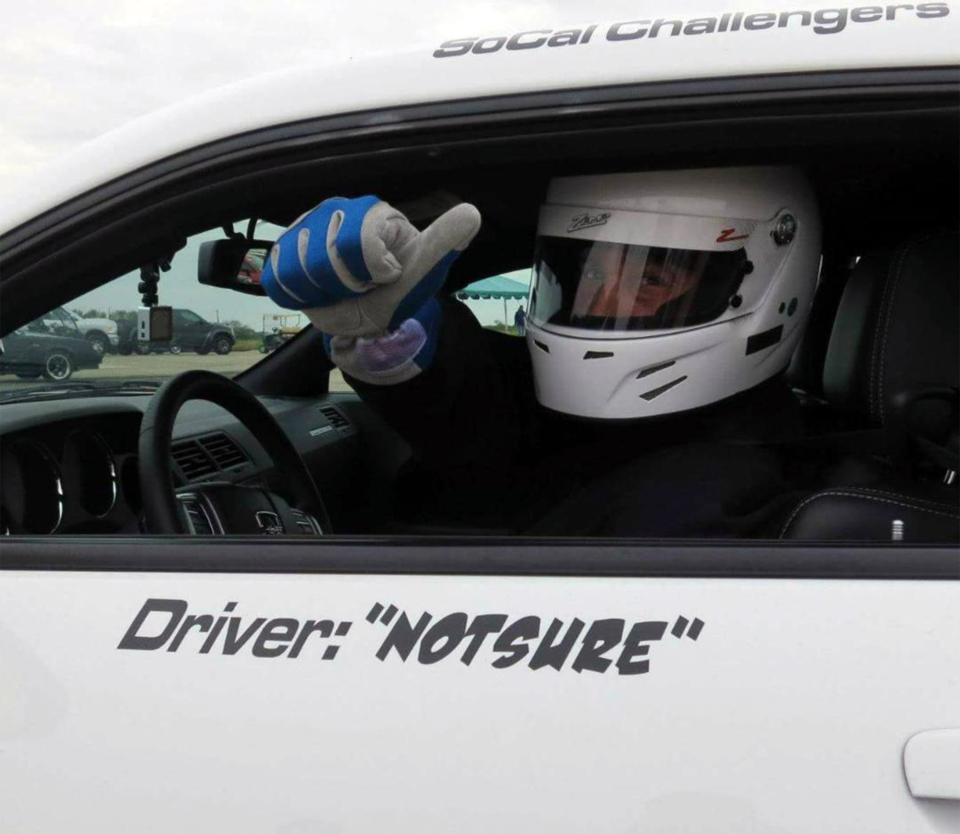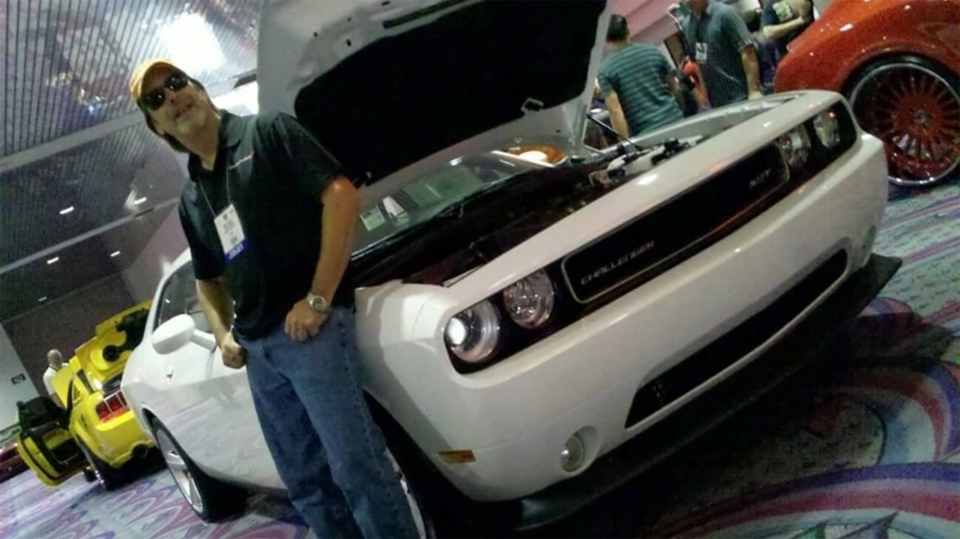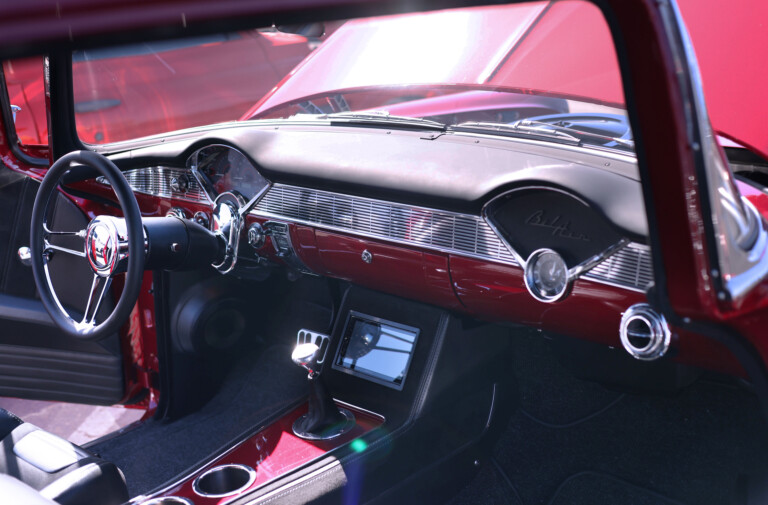I’ve always been keenly interested in limited production versions of cars. There is simply something fascinating to me about an automobile that has come out of the factory substantially different from the rest of its brethren.
Back in the early decades of the auto industry, it was common for companies to make each vehicle a bespoke, custom-made car. Bugatti, Duesenberg and Rolls-Royce were just a few of the automakers that worked with customers to spec out the drivetrain of a vehicle, and then contracted specialty coach-builders to create custom bodywork to ensure it was unique.
But as the auto industry matured, and Henry Ford’s assembly line process became the norm, custom order, one-of-a-kind cars largely went the way of the Dodo. In their place, automakers offered small runs of vehicles with modifications to the drivetrain or appearance to make them stand out. The “special options package” was born, as it was much less disruptive to the assembly line process to turn out a thousand special edition cars than to make a single, unique car.
What remained of factory custom production became known in the early 1960s as Central Office Production Order, or COPO cars. COPOs were the result of car dealers exploiting their ability to order a run of cars in a specific color or trim from the factory’s central office to instead order a series of stripped-down cars with the most powerful engines available to satisfy the desires of performance enthusiasts and drag racers.
General Motors was most known for turning out COPO vehicles for their dealers, and began with a series of custom Corvettes in 1962. Today, the apex of the COPO car phenomenon is thought to be the 106 Yenko Chevrolet dealership Camaros of 1969, which featured stripped-down amenities and a 427 cid big-block shoehorned in the engine bay for the ultimate in power and straight-line performance.
COPO vehicles largely disappeared along with the “Golden Age of muscle cars,” and have become an infrequent occurrence in the modern era. In fact, the only major publicized COPO production in recent years by an American manufacturer was in 2017, when (surprise, surprise) Chevrolet announced a run of 69 high-performance COPO Camaros to commemorate the Yenko cars.
It usually comes as a shock to most Mopar fans when they learn that FCA actually turned out a minuscule run of ten COPO LC-body Dodge Challengers in 2011 to commemorate, of all things, a movie from 1971. That film, of course, was Vanishing Point, which starred Barry Newman as the hero, Kowalski, and featured an iconic white 1970 Dodge Challenger R/T 440 Magnum.
My familiarity with this story began by chance when I became friends online with Mike Haislet. Mike, a devoted Mopar nut from Illinois and I first got acquainted on some Challenger forums around December 2010.
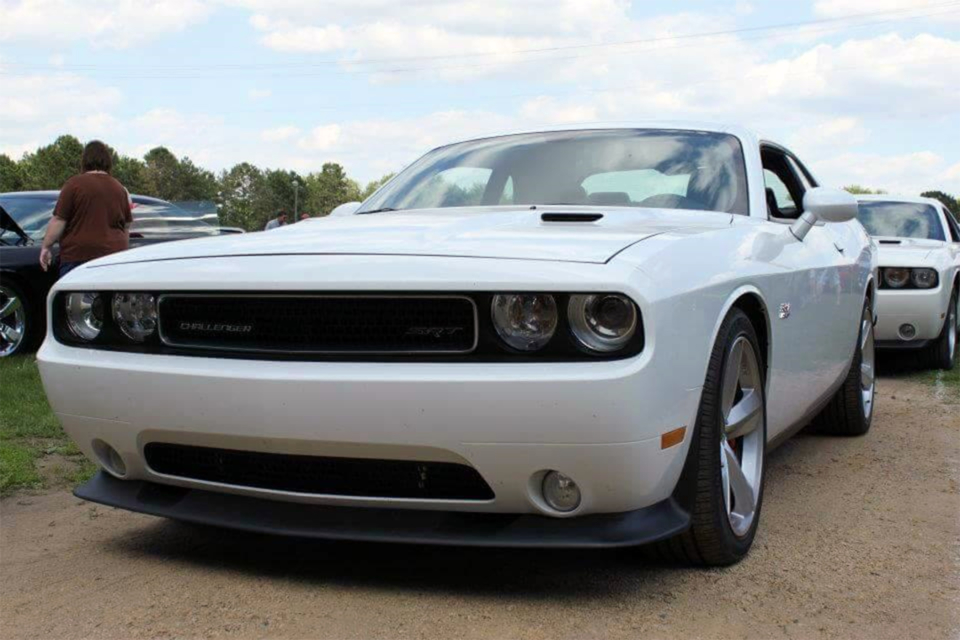
Dodge dealer Bob Frederick of New Wilmington Dodge in Pennsylvania, had an idea to get a modern-day Vanishing Point Challenger made.
At the very same time this was happening, Dodge dealer Bob Frederick of New Wilmington Dodge in Pennsylvania, had an idea to commemorate the movie he had seen and loved as a kid by getting a modern-day, factory Vanishing Point Challenger made.
Bob and Mike had previously established a personal and professional relationship back in 2007 when Bob was able to procure Mike one of the first LC-body Challengers off the assembly line. Because he was aware that Mike had actually written and sold a screenplay for a Vanishing Point sequel to a Hollywood producer, Bob reached out to Mike and told him of his crazy idea to push Dodge to make a tribute car.
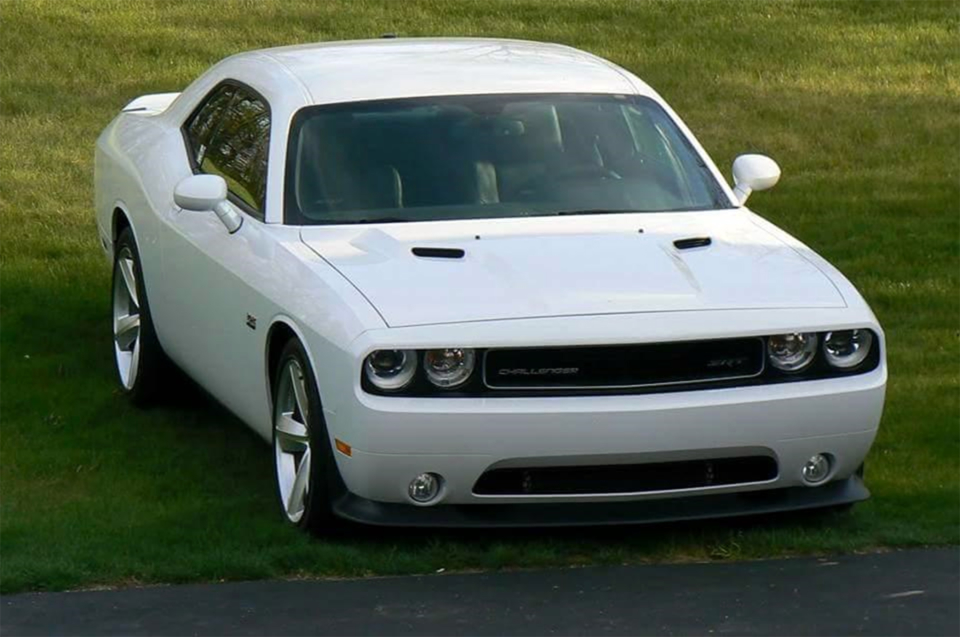
Getting a modern Vanishing Point COPO car made would not be easy. Dodge didn’t do COPO cars, and Twentieth Century Fox was stingy with the rights.
The two men realized it would not be an easy thing to do. For one thing, Dodge was not known for acquiescing to customer requests for one-off cars, and for another, Twentieth Century Fox had been less than happy about Mike’s proposed movie, as it held all the rights to Vanishing Point and was not inclined to license the name out.
As to the former issue, Bob felt that he had enough clout as a primary mover of Dodge product and enough contacts in the Dodge corporate offices in Auburn Hills to get someone interested in the project. As to the latter, Bob and Mike knocked around some ideas of a name for the car.
“I specifically remember the phone call Bob and I had where we were trying to come up with a name for the car,” Mike says. “We knew Fox would never approve of it being called the Vanishing Point Edition, so we kicked around a few ideas. I can’t remember if it was Bob or me, but one of us uttered ‘Kowalski Edition,’ and we both knew instantly that was it!”
Having established the name of their proposed beast, Bob and Mike now set their minds to what the car should be equipped with. Every fan of Vanishing Point knows that the car in the film was an R/T, but the two men felt that the car should have the maximum in performance, so they decided the modern version should be an SRT8.
They envisioned the Kowalski Edition being bright white with a Slate Gray interior, WP3 Alcoa cast aluminum wheels, and six-speed transmission like the movie car had. Options such as a 730N touchscreen navigation system, a body-color rear spoiler, and the SRT Sound Group II were also specified.
Finally, Bob decided that the Kowalski cars should all be built one after the other on the assembly line with sequential vehicle identification numbers to emphasize that they were a real special edition car.
Armed with a plan, Bob told Mike to sit tight as he reached out to the factory to see if he could convince the powers-that-be at Dodge to make their vision come true.
The idea for a COPO car was met with enthusiasm at the corporate offices, but several significant issues were raised. For one thing, it was just not possible for FCA to reprogram the highly automated production facilities at the factory in Brampton, Ontario to spray the car in white because the color just wasn’t available for an SRT8.
Feeling daunted, Bob feared the dream was over before it began until a fortuitous event came to pass.
Dodge announced that the 2011 SRT8 Challenger would feature the brand new 470 bhp and 470 lb/ft 392 cubic-inch Hemi V8 engine. The new car would be launched in an Inaugural Edition that came in Deepwater Blue with white stripes, or white with Deepwater Blue stripes. As the factory now offered the SRT8 in white, this solved the Kowalski Edition’s color issue: the car would be an Inaugural Edition in white with a stripe delete option.
But curiously, this created another issue. The Inaugural Edition cars came with a unique interior featuring white and blue seats. Thus the project was faced once again with the problem that the assembly line programming couldn’t be modified to delete the select seats in favor of the standard Slate Gray ones.
Finally came the issue regarding Bob’s desire for the Kowalski Edition cars to have sequential VINs. This was initially deemed impossible, as Dodge did not build cars sequentially on the assembly line.
That was when the factory manager came up with the idea that solved both remaining issues. If the cars were slated for the very end of the Inaugural Edition production run, they could all be built in a block and thus have the sequential VIN numbers. What’s more, the problem of deleting the Inaugural Edition seats would then be easy to solve, as that part of the automation could be ended after the last car was built. To pull this all off though, it was determined that there could only be a small number of Kowalski’s built. Bob and the factory agreed upon a total number of just ten cars.
And with that, production was approved, and the ten COPO Kowalski Challengers went into production at the end of February 2011. Bob pre-sold nearly all ten and reserved Kowalski #1 for his friend Mike.
When the cars were delivered to New Wilmington Dodge, Bob gave the cars their final touches. Kowalski Edition decals on the rear spoiler and under the hood were applied, along with special Scat Pack decals for the quarter windows that were reminiscent of the ones used on Dodge’s 1970 performance cars.
An old-school style Hurst wood grain, pistol grip shifter, a special Kowalski Edition numbered dash plaque and a custom fender tag mounted in the engine bay were added. The exhausts were dressed out with Mopar’s chrome quad exhaust tips, which were very close to those on the original E-body cars.
The Kowalski cars had different broadcast sheets as well, which denoted the special Kowalski Edition factory build. The cherry on top of this incredible automotive sundae was a reproduction Colorado license plate bearing the original Vanishing Point car’s OA-5599 tag.
Mike had been dropping hints online about a special edition Challenger being built, and I followed his updates with great interest. Upon receiving delivery of Kowalski One, Mike made the big reveal with pictures and descriptions in the Challenger forums.
“The car was simply amazing,” Mike recounts. “I think the Kowalski Edition cars really captured all the nuances of the movie car. The whole experience was a pretty big deal for me. Being a part of the development of the only COPO Challengers on the planet and then ending up being privileged enough to own the first one off the assembly line.”
Shortly after delivery, Mike broke the car in, driving it from Illinois all the way to the big SpringFest LX and LC Mopar show in Irvine, California, an event that I have participated in for many years with my own SRT8 392 Challenger.
“It was one of the most epic rides across the country one could imagine,” attests Mike. “I saw some incredible things and met so many great people along the way.”
Upon arriving at SpringFest, the excitement surrounding the car was palpable. FCA executives often attend the SpringFest show and that year was no exception. The LC Challenger designers took in all of the unique features of the car and signed their names under the hood. Eric Andrews, then the head of marketing for Dodge also signed the car, as did Jeff Gale, the father of the Barracuda. Most notably though, Ralph Gilles, who at the time was the head of Dodge, gave the car a thorough examination and lent his autograph to the collection.
At one point during the show, a representative from Vortec Superchargers approached Mike and pitched him the idea of using Kowalski One for research and development of their forthcoming supercharger for the 392 Hemi engine. Mike agreed as the car in the Vanishing Point movie was said to have a centrifugal blower installed on it.
Almost a year later, the supercharger had been developed and installed on K1 and the car was delivered back home to Mike. He brought the car to a speed shop where a Snow water/meth injection kit was installed, and the PCM tuned. Dyno runs yielded 550 hp to the rear wheels at a conservative seven pounds of boost to ensure that no undue stress was put on the engine.
Since then, Mike has been somewhat austere in putting miles on Kowalski One but did participate in the Texas Mile with the car, where he ran 172.1 mph despite a strong headwind.
“You don’t want to put a ton of mileage on a car as unique as K1 is,” Mike says, “but I’m a firm believer of not letting it just sit in a garage either.”
Kowalski One has been featured at several car shows, including SEMA and the World of Wheels in Milwaukee, Wisconsin. And as for the future?
“My dream is to take the car out west to visit Goldfield, Nevada and do a photo shoot right in front of the hotel where the Super Soul segments of the movie were filmed, “ Mike asserts. “And I intend to drive it there.”
Kowalski would no doubt approve, Mike.


